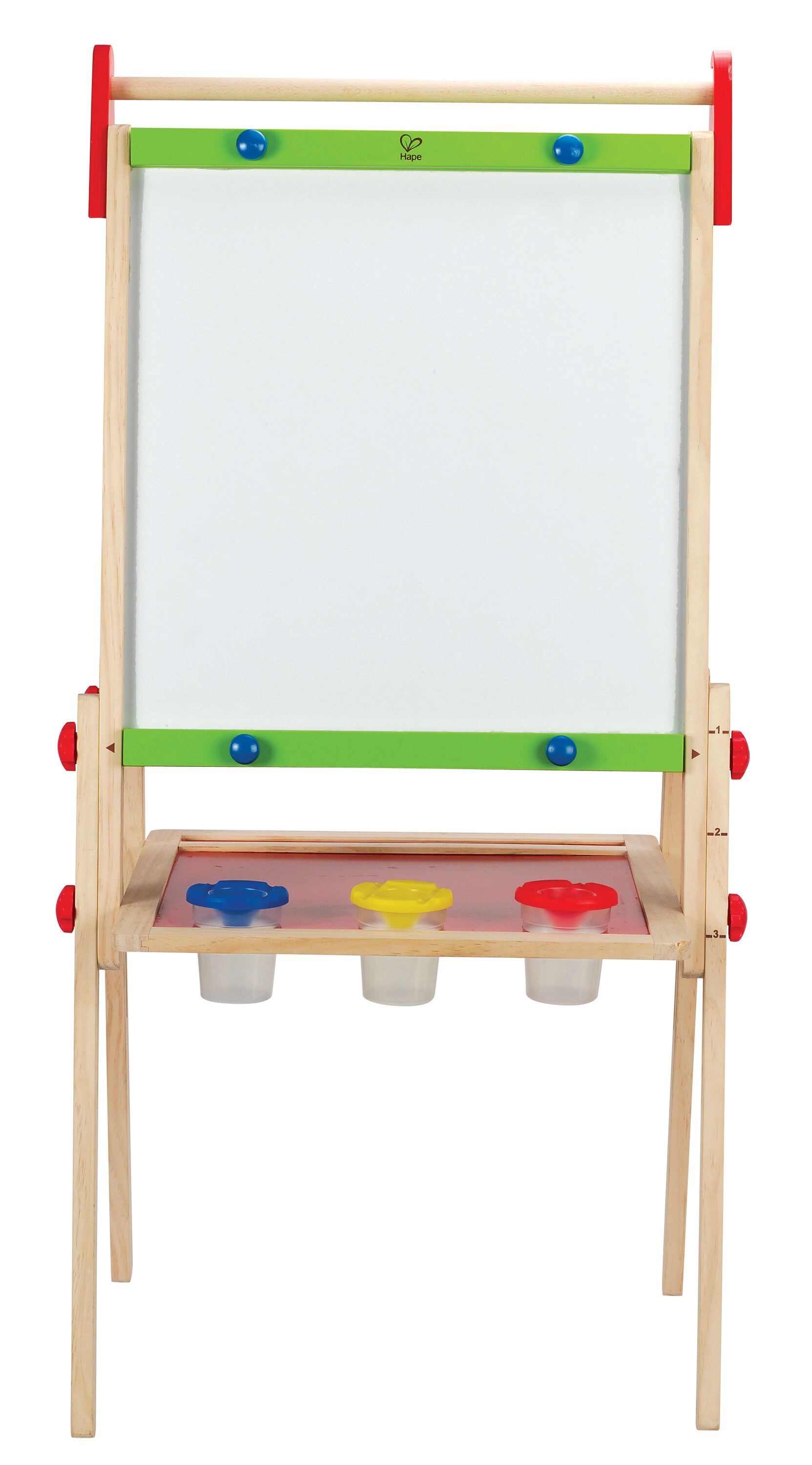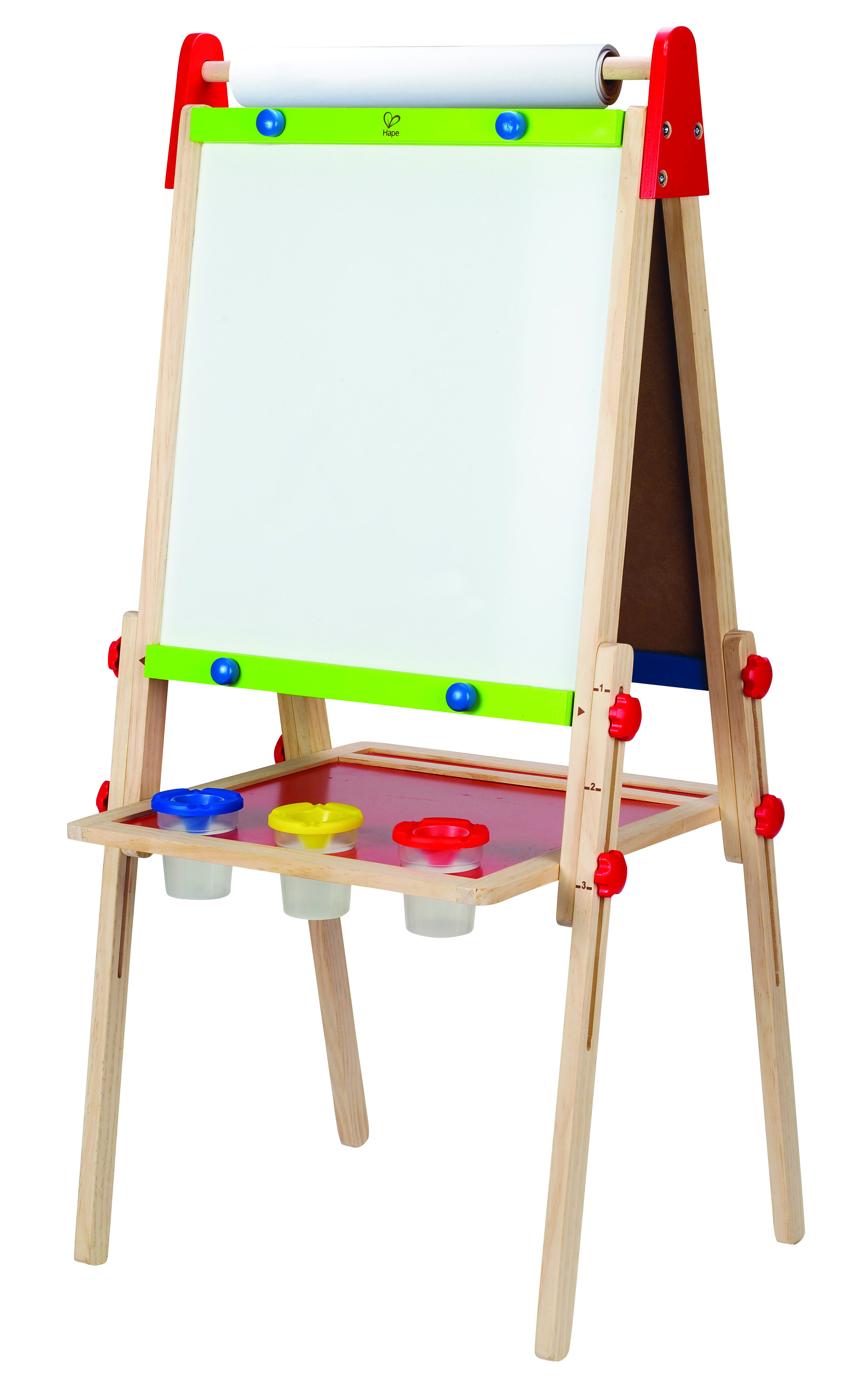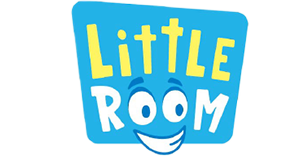Email format error
Email cannot be empty
Email already exists
6-20 characters(letters plus numbers only)
The password is inconsistent
Email format error
Email cannot be empty
Email does not exist
6-20 characters(letters plus numbers only)
The password is inconsistent

News
Happy Arts & Crafts , your reliable partner for OEM/ODM business!

Unlocking Creativity with the Ultimate Children’s Chalkboard and Easel Guide
Creativity is the cornerstone of childhood development, and what better way to nurture this than with a children’s chalkboard and easel? This timeless tool has been a staple in homes and classrooms for generations, providing a canvas for young minds to express themselves freely. In this comprehensive guide, we’ll explore the multifaceted world of children’s chalkboards and easels, ensuring you have all the information you need to foster imagination and learning in your little ones.
I. The Importance of Creative Play in Child Development
A. Cognitive Benefits
Creative play is not just fun; it’s a critical aspect of cognitive development. When children engage with a chalkboard and easel, they’re not only drawing; they’re learning to plan, execute, and problem-solve. These activities help develop critical thinking and can even boost academic skills like reading and writing.
B. Emotional and Social Growth
Artistic expression allows children to communicate their feelings in a safe and constructive way. A chalkboard and easel can be a solo activity, but it’s also a fantastic way for kids to play and learn together, teaching them valuable social skills such as sharing, cooperation, and respect for others’ work.
C. Motor Skills Enhancement
Holding chalk and drawing on an easel helps children develop fine motor skills. These skills are essential for tasks like writing, buttoning a shirt, or playing an instrument. The large movements involved in creating big pictures can also improve gross motor skills and coordination.
II. Choosing the Right Children’s Chalkboard and Easel
A. Size and Height Considerations
It’s important to choose a chalkboard and easel that’s the right size for your child. It should be tall enough for them to reach comfortably but not so tall that it’s intimidating. Many easels come with adjustable heights to grow with your child.
B. Material and Durability
Durability is key when selecting a children’s chalkboard and easel. Wooden easels are sturdy and can last through multiple children, while plastic models might be lighter and easier to move. Consider the longevity and how it will stand up to vigorous use.
C. Safety Features
Safety should never be compromised. Look for easels with rounded corners, stable bases to prevent tipping, and non-toxic materials. If the easel includes a paper cutter or clips, ensure they are child-friendly.
D. Portability and Storage
If space is a concern, consider an easel that folds flat for easy storage. Some models also come with wheels, making them easy to move from room to room. Portability can be a great feature if your child likes to create in different environments.
III. Types of Children’s Chalkboards and Easels
A. Traditional Wooden Easels
The classic wooden easel is durable and often comes with a chalkboard on one side and a whiteboard or paper roll on the other. It’s a versatile option that fits well in most home and school settings.
B. Magnetic Chalkboards
Magnetic chalkboards add an extra layer of fun and learning. Children can use magnetic letters and shapes to create words and pictures, combining drawing with other educational activities.
C. Double-Sided Easels
Double-sided easels are great for siblings or playdates, allowing multiple children to create at the same time. They often feature a chalkboard on one side and a whiteboard or magnetic board on the other.
D. Tabletop Variants
Tabletop easels are compact and can be placed on any flat surface. They’re ideal for small spaces or for children who prefer sitting at a table to create.
E. Interactive and Tech-Integrated Models
Some modern easels incorporate technology, with touch screens and digital drawing capabilities. These can be great for tech-savvy kids but may come at a higher cost.
IV. Accessories and Supplies for Your Chalkboard and Easel
A. Chalks and Erasers
No chalkboard is complete without chalk and an eraser. There are various types of chalk available, from dustless to anti-slip, and erasers that can be hand-held or magnetic for easy storage.
B. Magnetic Letters and Numbers
Magnetic letters and numbers are educational accessories that can turn an easel into a dynamic learning tool. They’re great for teaching spelling, grammar, and basic math.
C. Art Supplies: Paints, Brushes, and Markers
If your easel has a whiteboard or paper roll, you’ll want to stock up on paints, brushes, and markers. Look for washable and non-toxic options to keep things safe and easy to clean.
D. Storage Bins and Organizers
Keeping art supplies organized can be a challenge. Look for easels with built-in storage or add bins and organizers to keep everything in its place.
E. Cleaning and Maintenance
Regular cleaning will keep your easel in good condition. Use gentle cleaners for the chalkboard and whiteboard surfaces, and teach your child to put away their supplies after use.
V. Educational Activities Using a Children’s Chalkboard and Easel
A. Alphabet and Number Games
Use the chalkboard to practice writing letters and numbers. You can also play games like hangman or tic-tac-toe to make learning fun.
B. Drawing and Coloring Exercises
Encourage your child to draw and color freely. You can also set up drawing prompts or themes to spark their imagination.
C. Math and Science Experiments
Draw charts and graphs on the chalkboard to visualize math problems or track science experiment results. It’s a hands-on way to make abstract concepts more concrete.
D. Language and Vocabulary Building
Create a word of the day or have your child illustrate vocabulary words on the chalkboard. It’s a visual and interactive way to build language skills.
E. Collaborative Projects and Group Activities
Invite friends over for group art projects. Collaborative work teaches children to share ideas and work together towards a common goal.
VI. Incorporating Technology with Traditional Chalkboards
A. Digital Learning Apps
Combine traditional chalkboard activities with digital learning apps. There are many apps available that can complement the lessons learned on the easel.
B. Augmented Reality Experiences
Some tech-integrated easels offer augmented reality features, allowing children to see their drawings come to life. It’s an exciting way to blend art and technology.
C. Online Art Classes and Tutorials
Use the easel as a stand for tablets or smartphones to follow along with online art classes or tutorials. It’s a great way to learn new techniques and ideas.
VII. Setting Up the Perfect Creative Space
A. Choosing the Right Location
Find a spot in your home that’s well-lit and comfortable. It should be a place where your child feels inspired and can focus on their creations.
B. Lighting and Comfort
Good lighting is essential for any creative space. Natural light is best, but if that’s not possible, ensure the area is well-lit with lamps or overhead lights.
C. Decorating and Personalizing
Let your child help decorate and personalize their creative space. They’ll be more likely to use an area that feels like their own.
D. Organizing Art Supplies
Keep art supplies organized and within reach. Use shelves, bins, or carts to store everything neatly.
VIII. Tips for Encouraging Regular Use of the Children’s Chalkboard and Easel
A. Establishing a Routine
Consistency is key when it comes to incorporating the children’s chalkboard and easel into daily life. Set aside a specific time each day or week for your child to engage with their easel. This could be a quiet period after lunch or a creative session before bedtime. By establishing a routine, children will begin to anticipate and look forward to their art time, making it a habit rather than a sporadic activity.
B. Themed Art Days
To keep the excitement alive, introduce themed art days. For example, you could have “Nature Monday” where drawings are inspired by the outdoors, or “Fantasy Friday” for imaginative creatures and stories. Themes can be broad or specific, but they should always be fun and allow for creative expression. This approach not only stimulates creativity but also provides an opportunity to learn about different subjects through art.
C. Showcasing and Celebrating Artwork
Children love to see their work appreciated. Create a space in your home where you can display their chalkboard creations. This could be a simple string line with clips or a dedicated wall space. Rotate the artwork regularly and make a big deal out of each new addition. Celebrating their efforts encourages children to continue creating and taking pride in their work.
D. Parent and Child Collaborative Projects
Engage with your child by participating in collaborative art projects. This can be as simple as taking turns drawing on the chalkboard or working on a large piece together. Collaborative projects are not only a bonding experience but also a way to teach teamwork and share creative ideas. It’s a fun way to show that art is a shared experience and that everyone’s contributions are valuable.
IX. Overcoming Common Challenges
A. Mess and Cleanup
Chalk dust and art supplies can be messy, but with a few strategies, cleanup can be managed. Use washable chalks, have a damp cloth on hand for quick wipe-downs, and consider placing a mat or rug under the easel to catch any fallout. Encourage your child to help with the cleanup process, making it part of the art routine.
B. Keeping Children Engaged
To maintain engagement, vary the activities and supplies. Introduce new colors of chalk, different types of erasers, or even scented chalks for a multi-sensory experience. Also, be responsive to your child’s interests. If they’re currently fascinated by dinosaurs, suggest drawing a prehistoric scene. Engagement often follows enthusiasm.
C. Balancing Creativity with Structure
While creativity should be free-flowing, some structure can be beneficial. Offer gentle guidance and suggestions without dictating what your child should create. Set up challenges or goals, like drawing something that starts with a certain letter, but always leave room for personal interpretation and spontaneous art.
D. Dealing with Artistic Frustration
It’s natural for children to experience frustration if a drawing doesn’t turn out as they envisioned. Teach them that it’s okay to make mistakes and that art is about the process, not just the final product. Encourage them to express their feelings through their art and to keep trying. Praise their effort and resilience.
X. The Future of Children’s Chalkboards and Easels
A. Sustainability in Art Supplies
As environmental awareness grows, the future of children’s art supplies is shifting towards sustainability. Look for chalkboards made from responsibly sourced wood and easels that use eco-friendly materials. Chalks can also be non-toxic and biodegradable, ensuring that children’s art activities are safe for both them and the planet.
B. Advancements in Educational Tools
Technology is advancing educational tools, and children’s chalkboards and easels are no exception. Interactive easels with touch screens, connectivity to educational apps, and augmented reality features are becoming more prevalent. These tools can enhance the learning experience by blending traditional art with modern technology.
C. The Role of Art in Modern Learning Environments
Art is being recognized as a crucial element in well-rounded education. Chalkboards and easels are not just for art classes but are being integrated into various subjects to encourage creative thinking and problem-solving. The future of education will likely see an even greater emphasis on the arts as part of a holistic approach to learning.
Conclusion:
The children’s chalkboard and easel is an invaluable tool in the development of young minds. It serves as a platform for creativity, learning, and expression. By encouraging regular use, celebrating artwork, and overcoming challenges, parents and educators can provide a supportive environment for children to grow. As we look to the future, the integration of sustainability and technology with traditional art tools promises to enhance the educational landscape even further. Embrace the journey of creativity with your child, and watch as they paint their own path of discovery and joy.


